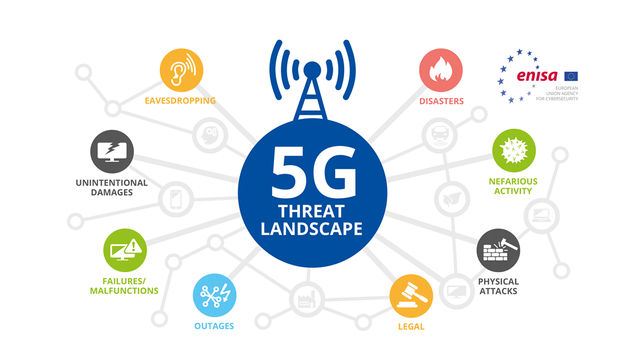5G network
5G (Fifth Generation) is the latest generation of mobile network technology, designed to significantly enhance the speed, responsiveness, and connectivity of wireless networks compared to its predecessors (4G, 3G, etc.). It enables a new era of high-speed, low-latency communication, supporting advanced technologies like the Internet of Things (IoT), autonomous vehicles, and immersive virtual reality (VR) and augmented reality (AR) experiences.
Key Features of 5G:
Faster Speeds:
- Enhanced data rates: 5G can deliver download speeds up to 10 Gbps, which is 100 times faster than 4G.
- This allows for high-definition video streaming, faster downloads, and smoother video conferencing.
Low Latency:
- Latency refers to the time it takes for data to travel from one point to another. 5G reduces latency to as low as 1 millisecond (compared to 50 ms in 4G).
- Low latency is critical for applications that require real-time responsiveness, such as autonomous vehicles, remote surgeries, and online gaming.
Higher Bandwidth and Capacity:
- 5G networks can connect more devices simultaneously with high-speed connections. This is crucial for the growing number of IoT devices like smart home systems, wearables, and industrial sensors.
- It allows for greater network capacity, ensuring that many devices can communicate without slowing down the network, even in dense urban environments.
Network Slicing:
- Network slicing enables operators to divide the physical 5G infrastructure into multiple virtual networks. This means different use cases, like IoT devices, autonomous cars, or video streaming, can each have their own customized "slice" of the network with tailored performance.
Energy Efficiency:
- 5G is designed to be more energy-efficient, especially when it comes to supporting IoT devices, allowing for longer battery life in connected devices.
Components of 5G Technology:
Millimeter Waves (mmWave):
- 5G utilizes higher frequency bands (24 GHz to 100 GHz) known as millimeter waves, which offer faster data transmission but over shorter distances. These require more infrastructure (like small cell towers) to ensure coverage.
Small Cells:
- Small cell technology supports the deployment of 5G by increasing network coverage through smaller, low-power base stations that can be placed on buildings, streetlights, or poles. These are essential for improving coverage in dense urban areas.
Massive MIMO (Multiple Input, Multiple Output):
- Massive MIMO uses a large number of antennas on base stations to improve signal strength, increase data capacity, and allow more devices to be connected at the same time.
Beamforming:
- This technology directs the 5G signal in a focused beam towards the user, rather than spreading it out in all directions. This improves connection quality and reduces interference.
Edge Computing:
- 5G supports edge computing, where data processing occurs close to the user (at the network edge), reducing latency and enabling real-time applications like self-driving cars and industrial automation.
Applications of 5G:
Internet of Things (IoT):
- 5G’s high capacity allows millions of IoT devices to be connected, enabling smart cities, smart homes, industrial automation, and healthcare applications like remote patient monitoring.
Autonomous Vehicles:
- With low latency and high reliability, 5G will enable real-time communication between vehicles, infrastructure, and traffic systems, supporting autonomous driving and improving road safety.
Healthcare:
- Telemedicine will benefit from 5G’s high-speed connections and low latency, enabling remote surgeries, real-time consultations, and better access to healthcare services.
Enhanced Mobile Broadband:
- Users will experience ultra-fast internet on their mobile devices, improving video streaming, online gaming, and cloud-based services.
Augmented Reality (AR) and Virtual Reality (VR):
- 5G’s high bandwidth and low latency are essential for delivering immersive experiences in AR and VR, whether for gaming, virtual meetings, or industrial training.
Challenges and Limitations of 5G:
Infrastructure Requirements:
- 5G requires more infrastructure, including small cell towers and fiber-optic connections, which means that widespread rollout, especially in rural areas, could take time.
Signal Range and Interference:
- Millimeter waves used by 5G can’t travel long distances and are easily blocked by buildings, trees, and even weather conditions. This requires more small cells and base stations to maintain coverage.
Cost:
- Deploying 5G infrastructure and upgrading devices can be expensive for service providers and consumers.
Device Compatibility:
- Not all current devices are compatible with 5G. Users will need to upgrade to 5G-enabled smartphones and devices to take advantage of the new network.
Conclusion:
5G is set to revolutionize connectivity, enabling faster, more reliable networks with lower latency and higher capacity. It is expected to drive advancements in technology, transforming industries like healthcare, transportation, and entertainment, and shaping the future of smart cities and IoT ecosystems.
